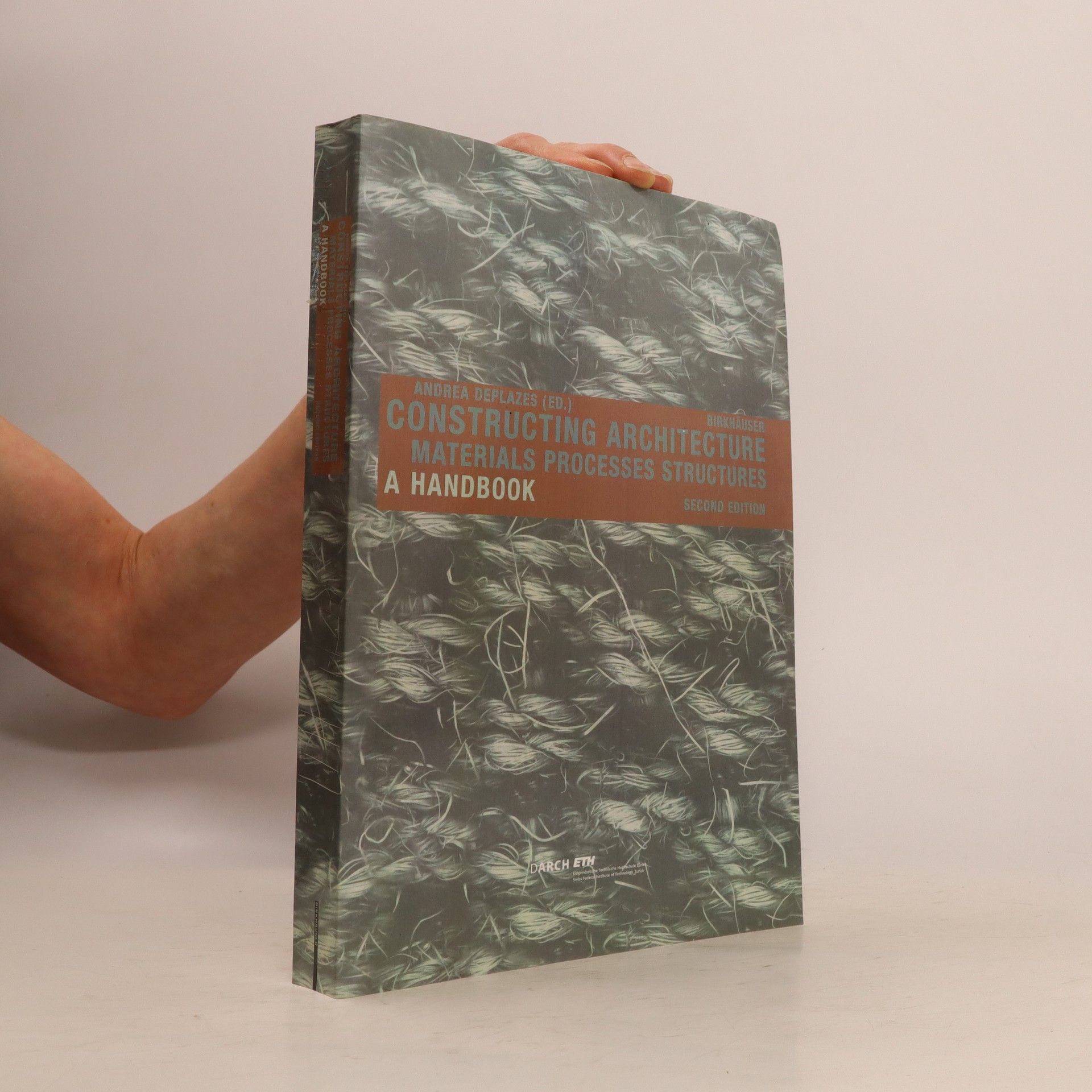This internationally prizewinning volume now appears in its third, revised and expanded edition. Since the first edition was published in 2005, it has been adopted as a textbook at many universities. Organized into chapters on „Raw Materials / Building Materials (Modules),“ „Elements“ (Building Components), „Structures“ (Building Methods), and „Buildings“ (Examples), the book now includes a new section on „Elevators“ in the chapter „Building Components“ and on „Shell construction - expansion - core and shell construction“ in the chapter „Structures.“ The chapter on „Buildings“ now includes information about the typologies of „courtyard house vs. veranda house.“ In addition, the examples section has been expanded to cover three new projects whose design processes are documented comprehensively and systematically step by step. Experience with the preceding edition has shown that the book has become an indispensable handbook for reference and reading not only for students and teachers but also for architects.
Andrea Deplazes Livres




Constructing Architecture. Meterials, processes, structures.
- 592pages
- 21 heures de lecture
Systematically structured and prepared with the student in mind, the book conveys in one volume the necessary basic technical building construction knowledge to enable readers to implement a wide range of designs. For this reason, over the last 14 years, it has developed into an indispensable information and reference handbook, not only for students and teachers, but also for architects. The 4th edition of this standard work for building construction has again been revised in terms of content and illustrations. References to standards, thermal insulation standards, and some project examples have been updated; they are now comprehensively and systematically documented, explaining the design process from start to finish.
Das Werk bietet Studenten und Berufsanfängern systematisch gegliedertes und didaktisch aufbereitetes Wissen zu technischen und konstruktiven Grundlagen, um verschiedene Entwurfsziele physisch umzusetzen.